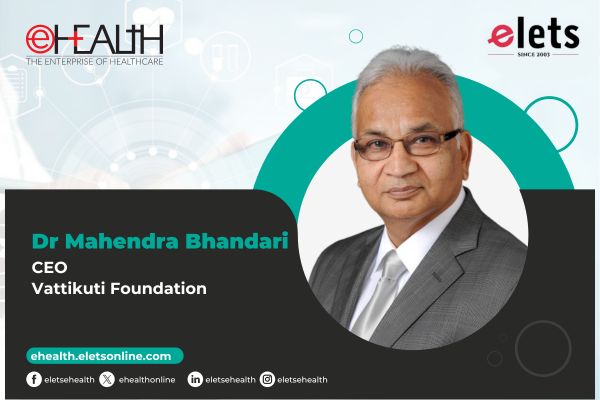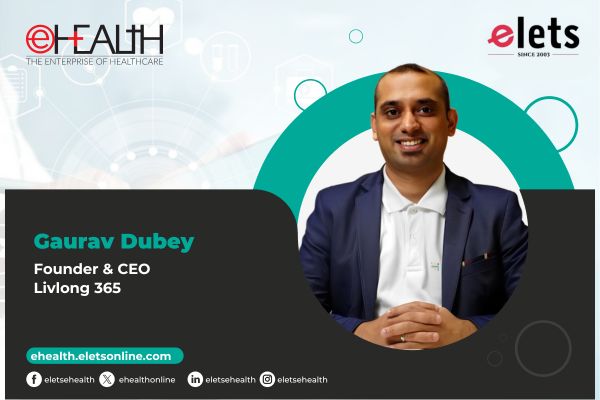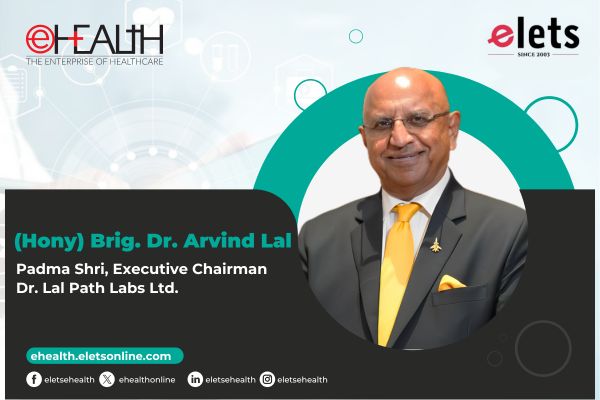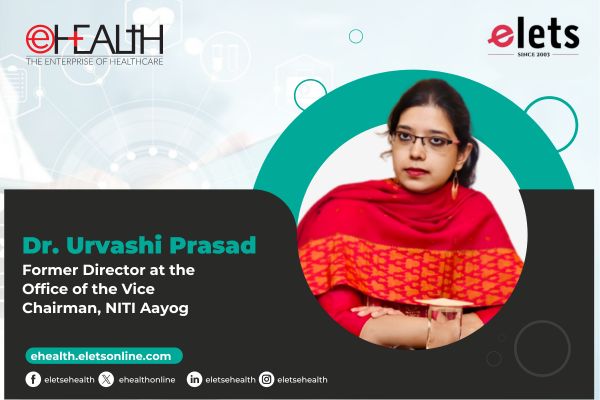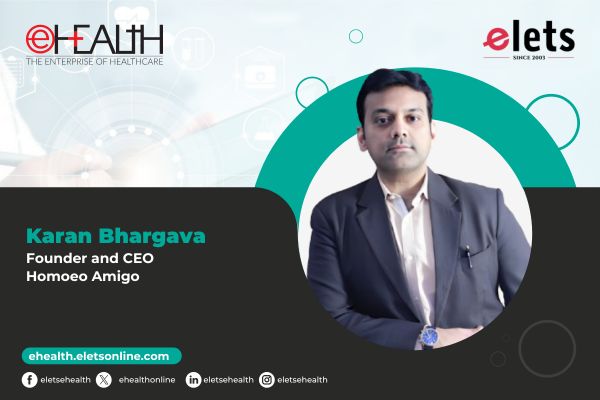Do you see Health Insurance as a key driver in the insurance sector in the next 10 years in India?
Health insurance contributes to just about 2% of the total health care spend in the country. Higher incidence of lifestyle diseases, rising medical costs and increasing awareness of the benefits of health cover will drive the growth of the category. The entry of new players in the category will lead to a wider range of product, pricing and service options for the customer.
What progress has been made with the premium-refund health insurance products proposed by ICICI Lombard? What other innovations do you propose to bring to the health insurance market?
Penetration of health insurance will be driven by innovative products targeted at specific customer segments and addressing unmet customer needs. Some of the customer needs are in the area of comprehensive health coverage, long terms plans, health funds, cost effective senior citizen plans etc.

What kind of focus do you suggest for increasing the reach of health insurance to the masses of India? You have of course promised to roll out special packages targeting particular sections, such as the weaver community; do you think such customisation makes a big difference?
To achieve the country’s health care objectives, the approach has to be inclusive of the ability to reach out to the bottom of the pyramid. Rural India is exposed to fundamental financial risks and has limited access to risk management solutions. The challenge for insurance companies is to develop relevant solutions at the right price with cost effective distribution. Efficient claims servicing over dispersed geographies will be the key to build customer confidence. ICICI Lombard is working closely with the Central and State Governments to build models of mass health insurance that will achieve these objectives.

“The challenge for insurance companies is to develop relevant solutions at the right price with cost effective distribution, and efficient claims servicing over dispersed geographies. ICICI Lombard is working closely with the Central and State Governments to build models of mass health insurance that will achieve these objectives”
Health insurers have been rallying for hospitals and nursing homes to be graded so as to reduce the high claims ratio on the risk covers they sell. With respect to this, what might be your view on a possible national policy on standardisation and data-sharing among healthcare providers, payers and TPAs, perhaps something on the lines of HIPAA in the US?
The claims ratio is a function of the rating approach followed by the insurance company, involving claims incidence and average claims size. Claims size is determined by the administered treatment and overall cost of the procedures. Data standardisation and data sharing will help in managing these aspects.
How do you see the future of health insurance in India in the short and long term perspective? And what role do you see ICICI Lombard play in it?
It is expected that health insurance will contribute to at least 10% of health care costs in the country over the next five years and will become a significant contributor to overall insurance premiums. The heightened activity and focus on this category will lead to a widening and deepening of health insurance penetration. ICICI Lombard will continue to focus on product innovation, efficient distribution and effective customer servicing supported by a robust technology architecture to increase our customer franchise.
Be a part of Elets Collaborative Initiatives. Join Us for Upcoming Events and explore business opportunities. Like us on Facebook , connect with us on LinkedIn and follow us on Twitter , Instagram.
"Exciting news! Elets technomedia is now on WhatsApp Channels Subscribe today by clicking the link and stay updated with the latest insights!" Click here!




